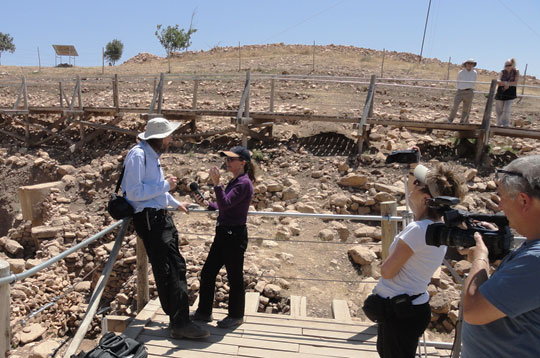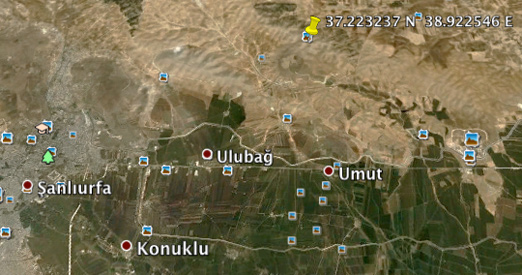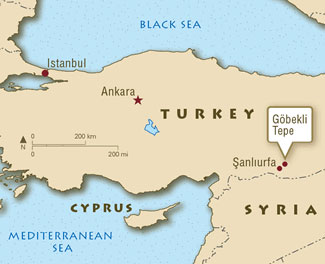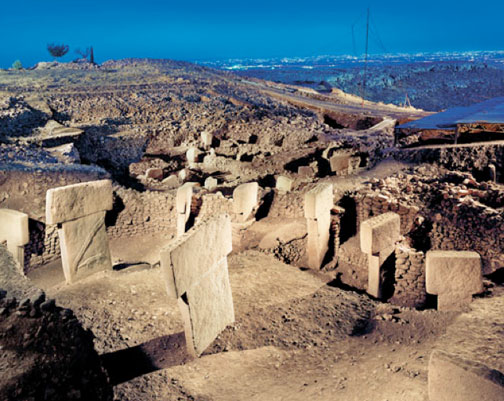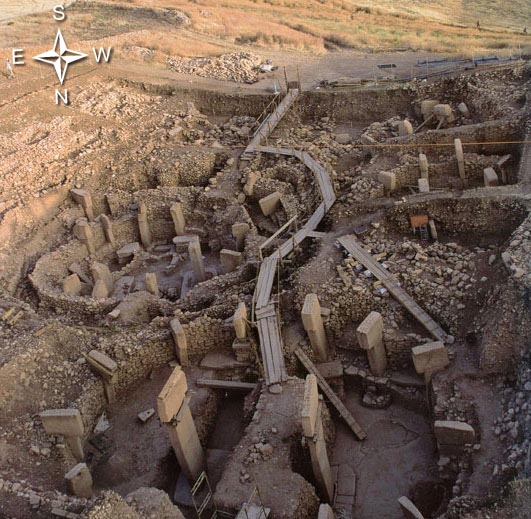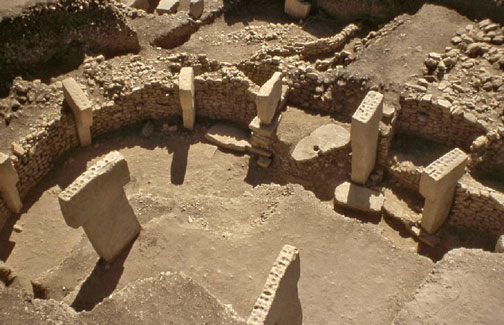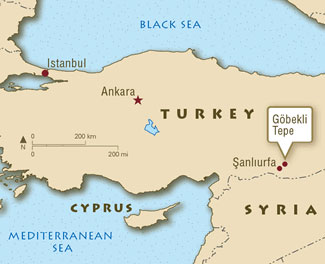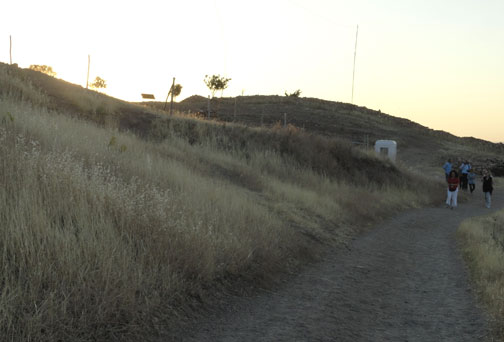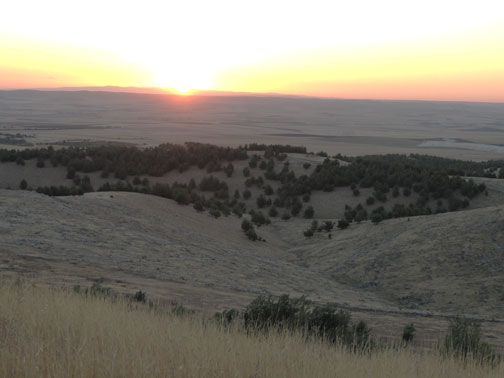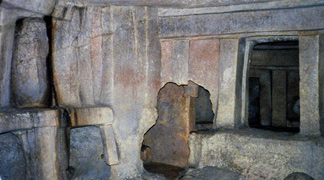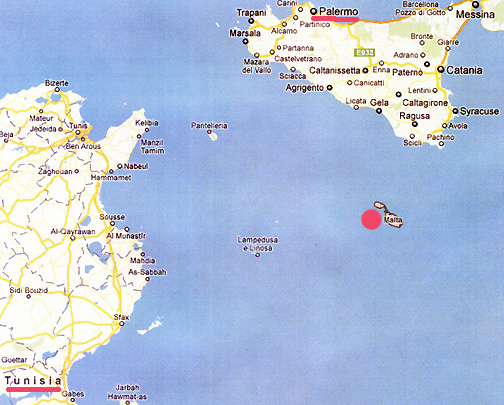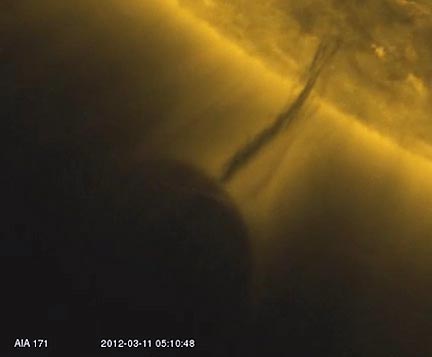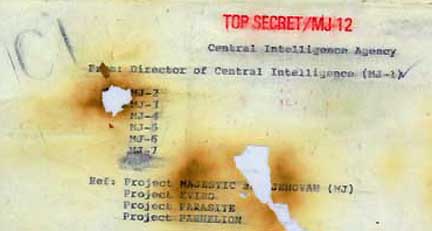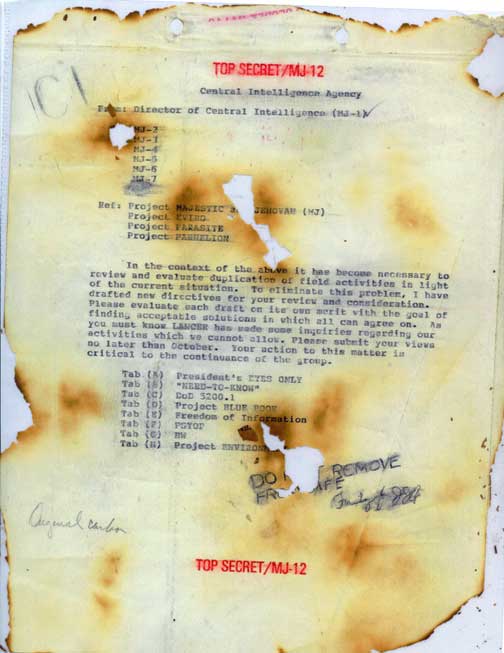“Mt. Nemrut is clearly an artificial peak on top of the mountain.
It’s piled up with gravel purposefully ... of a certain size,
of a certain shape so ... it’s actually a very sophisticated pile of gravel.”
- Robert M. Schoch, Ph.D., Geologist, Boston University
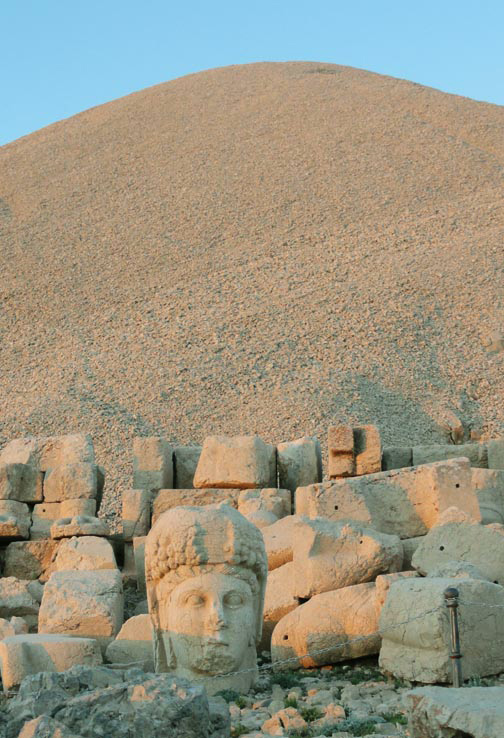
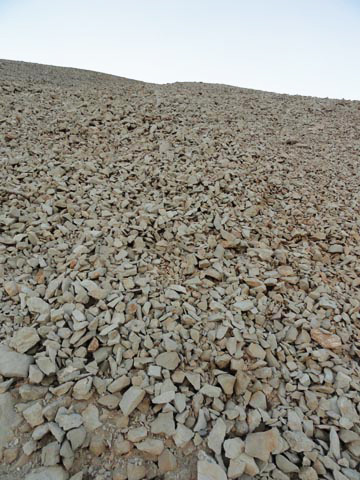
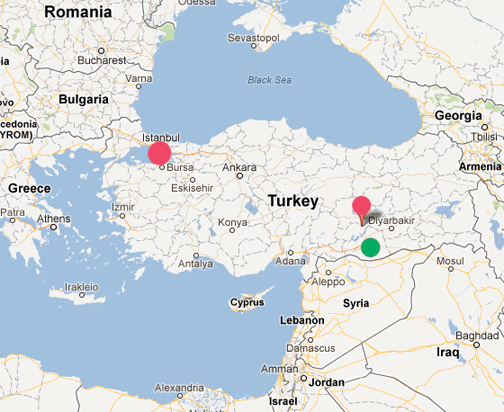
June 28, 2012 Mount Nemrut 25 miles north of Kahta, Turkey - On June 11, 2012, we traveled to see the “8th Wonder of the Ancient World,” Mount Nemrut. It's a 7,000-foot-high mountain (2,134 meters) north of Gobekli Tepe and about 25 miles (40 km) north of Kahta, Turkey. Historically, the astounding mountain burial monument disappeared from world consciousness for two thousand years until re-discovered in 1881 by a German engineer named Charles Sester, who was studying Ottoman transport routes. Then it took until 1953 for any professional archaeological research to be done.
Click here to subscribe and get instant access to read this report.
Click here to check your existing subscription status.
Existing members, login below:



